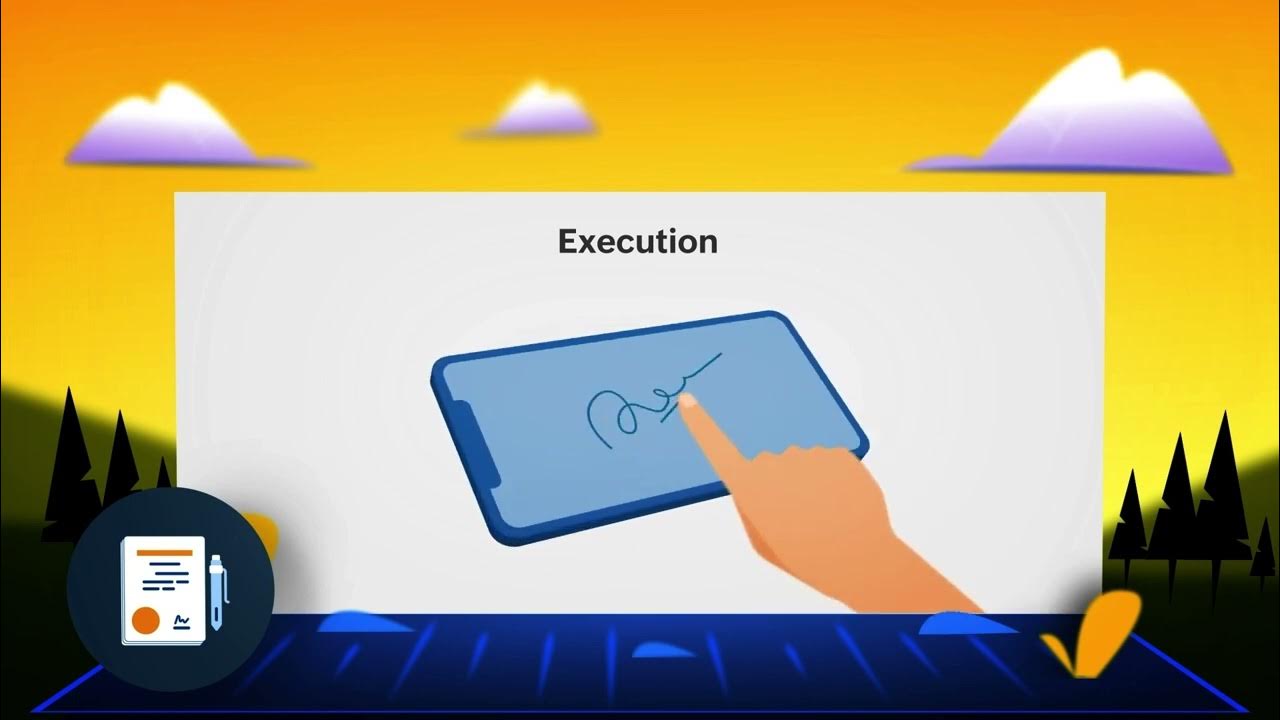CONTRACT DRAFTING (Tahapan dan Anatomi Kontrak)
Summary
TLDRIn this session of the Legal Drafting course, the speaker discusses the critical stages of contract drafting and the anatomy of contracts. Key stages include pre-contract research, negotiation, and drafting initial agreements, highlighting the importance of understanding the parties involved and the object of the contract. The speaker elaborates on the components of a contract, including the title, introduction, identification of parties, premis, content detailing rights and obligations, and the conclusion. The session emphasizes the necessity of clear agreements and the role of addendums in ensuring all parties' interests are adequately addressed.
Takeaways
- 😀 Understanding the basic concepts of the topic is essential for effective communication.
- 😀 Active listening plays a crucial role in interpersonal interactions and enhances relationships.
- 😀 Non-verbal cues, such as body language and eye contact, significantly impact how messages are perceived.
- 😀 Empathy is vital in communication, allowing individuals to connect on a deeper level.
- 😀 Clarity and conciseness in messaging help to reduce misunderstandings and enhance information retention.
- 😀 Using open-ended questions encourages dialogue and allows for more in-depth discussions.
- 😀 Adapting communication styles to suit different audiences can improve engagement and comprehension.
- 😀 Feedback is an important component of effective communication, facilitating growth and improvement.
- 😀 The context of a conversation can alter its meaning, highlighting the importance of situational awareness.
- 😀 Practicing communication skills regularly can lead to significant improvements in overall effectiveness.
Q & A
What are the primary themes explored in the video script?
-The primary themes explored in the video script include self-discovery, the importance of resilience, and the impact of societal expectations on individual choices.
How does the script portray the journey of the main character?
-The script portrays the main character's journey as a transformative experience filled with challenges, moments of introspection, and ultimately, a quest for personal fulfillment.
What challenges does the main character face throughout the script?
-The main character faces challenges such as external pressures from family and society, internal struggles with self-doubt, and the fear of failure in pursuing their dreams.
How does the setting contribute to the overall narrative?
-The setting plays a crucial role by reflecting the character's emotional state and highlighting the contrast between their aspirations and the reality they face.
What role do supporting characters play in the script?
-Supporting characters in the script provide emotional support, offer different perspectives on the main character’s choices, and help to advance the plot by introducing new conflicts and resolutions.
What message does the script convey about resilience?
-The script conveys that resilience is essential for overcoming obstacles and achieving personal goals, emphasizing that setbacks can lead to growth and self-discovery.
In what ways does the script address societal expectations?
-The script addresses societal expectations by illustrating how they can influence individual choices and create conflicts, ultimately encouraging characters to challenge these norms.
What is the significance of the main character's internal dialogue?
-The main character's internal dialogue is significant as it reveals their thoughts, fears, and motivations, allowing the audience to connect with their emotional journey on a deeper level.
How does the conclusion of the script reflect the character's growth?
-The conclusion of the script reflects the character's growth by showcasing their newfound confidence and clarity in pursuing their goals, signifying a departure from previous insecurities.
What literary devices are used in the script to enhance storytelling?
-The script employs literary devices such as symbolism, metaphor, and foreshadowing to enhance storytelling and deepen the audience's understanding of the characters and themes.
Outlines

This section is available to paid users only. Please upgrade to access this part.
Upgrade NowMindmap

This section is available to paid users only. Please upgrade to access this part.
Upgrade NowKeywords

This section is available to paid users only. Please upgrade to access this part.
Upgrade NowHighlights

This section is available to paid users only. Please upgrade to access this part.
Upgrade NowTranscripts

This section is available to paid users only. Please upgrade to access this part.
Upgrade Now5.0 / 5 (0 votes)





